Designing your home is an exciting yet overwhelming process. Should you take full control and bring your vision to life, or is hiring an interior designer the better choice? In this blog, we’ll explore the pros and cons of both approaches, sharing real-life experiences from homeowners and practical tips to make the process easier—whether you go solo or work with a pro. By the end, you’ll have a clearer idea of which option best suits your needs.

Let Visualization Tools Help
Before we dive in, let me introduce you to Nestingale’s free home visualization tool. Whether you’re working with a designer or decorating on your own, visualizing your space can be a fun, exciting, and incredibly helpful step. Getting the size, fit, and overall layout right is essential to creating a room you’ll truly love. Our tool lets you see exactly how furniture will look in your space before you buy, so you can design with confidence and avoid costly mistakes.

Hiring an Interior Designer: Expertise and Stress-Free Execution
Bringing in a professional interior designer can save time, energy, and even money in the long run. Designers have access to exclusive resources and connections, ensuring that your space is cohesive, well-planned, and appealing to you. Many homeowners appreciate how designers help push them out of their comfort zones, introducing creative ideas they never would have considered. This is especially valuable when dealing with tricky spaces or specific aesthetics. For major projects—like kitchen renovations, which are costly and easy to mess up—hiring a professional can prevent expensive mistakes and ensure the best use of space.
DIY Interior Design: Flexibility and Personal Touch
While designers offer expertise, hiring one comes at a high cost. Some homeowners prefer full control over their creative process and enjoy the personal satisfaction of designing their homes themselves. DIY allows for flexibility—you can take your time, carefully source each element, and make decisions at your own pace. Many also find interior design to be a fun, rewarding experience that helps them create a space that feels like an extension of themselves. Additionally, if you build and design your own home, you’ll have a deeper understanding of its structure, making future repairs and modifications easier. If you need more inspiration for interior design, take a look at our design galley.
Finding the Right Balance: A Collaborative Approach
For those who seek guidance while maintaining creative control, a hybrid method can be perfect. Some homeowners collaborate with a designer to create "blueprints" for their space, receiving layout suggestions and multiple design options to choose from. Others consult a designer for professional advice on specific aspects they’ve already planned, such as layout feasibility, furniture placement, or material selection, and handle the rest themselves. This approach allows homeowners to benefit from expert input while preserving their personal vision, ensuring a home that’s both beautifully designed and truly theirs.
Key Factors to Consider
Before deciding whether to hire an interior designer or take the DIY route, consider these factors:
Vision clarity – Do you have a clear idea of your ideal space, or do you need guidance to shape it?
Project complexity – Are you making simple decor updates, or does your project involve structural changes that may require professional expertise?
Time commitment – Do you have the time to research, source materials, and manage execution, or would outsourcing save you stress?
Budget – Can you afford professional help, or would you rather invest in DIY solutions to cut costs?
Knowledge and experience – Do you have the skills to make design decisions confidently, or could mistakes lead to costly corrections later?
Carefully assessing these aspects will help you determine whether hiring a designer, going DIY, or combining both approaches is the best fit for your home transformation.
How to Find a Reliable Interior Designer
If you decide to hire an interior designer, finding a reliable professional is key to achieving your vision. Start by researching online through platforms like Houzz, Yelp, Google Reviews, and social media using local hashtags. You can also check the NCIDQ Database or your local Interior Design professional association for accredited designers near you. Word of mouth is invaluable—ask friends, family, or colleagues for personal recommendations. Once you’ve narrowed down your options, review their portfolios, paying close attention to real photography and the level of detail in their work. Finally, schedule interviews or consultations to discuss your needs, budget, and timeline while evaluating their communication style and approach. Taking these steps will help ensure you hire a designer who is both skilled and a good fit for your project. You can also request a consultation with verified designers on Nestingale to get expert advice tailored to your needs.
How to DIY Room Design
If you decide not to hire an interior designer, start by defining the purpose of the room and selecting a color palette that suits both its function and your style. Measure the space to ensure furniture fits and allows for easy movement. Focus on creating a focal point, like a statement piece or feature wall, and layer lighting with ambient, task, and accent lights for balance. Nestingale’s style quiz and visualization tool can help you take a significant step toward achieving your vision, so be sure to explore them. For additional guidance, check out Nestingale's Home Decorating 101, this Reddit guide, and Greenhouse Studio's guide.
Conclusion: Choosing the Right Approach for Your Home Design Journey
Designing your home is a personal and exciting journey, whether you choose to go the DIY route or hire a professional interior designer. By carefully evaluating the complexity of your project, the level of control you want, and your available resources, you’ll be better prepared to make a decision that results in a space you’ll love. Whether you choose to work independently or with a professional, the key is creating a space that feels like home and serves your needs for years to come.
Whatever path you take, we hope this blog provides valuable tips for both approaches to help guide your decision. And don’t forget, our community is here to support you—join us and share your experiences, tips, and challenges with other homeowners. We believe that together, we can make smarter choices and create even better spaces with less money!
PS. Since you're here, you must be on your exciting home decor journey. Check out Nestingale's Design Gallery, Furniture Collection or Visualization Tool, I promise they will be helpful.
Design Gallery | Furniture Collection | Visualization Tool
Happy designing!

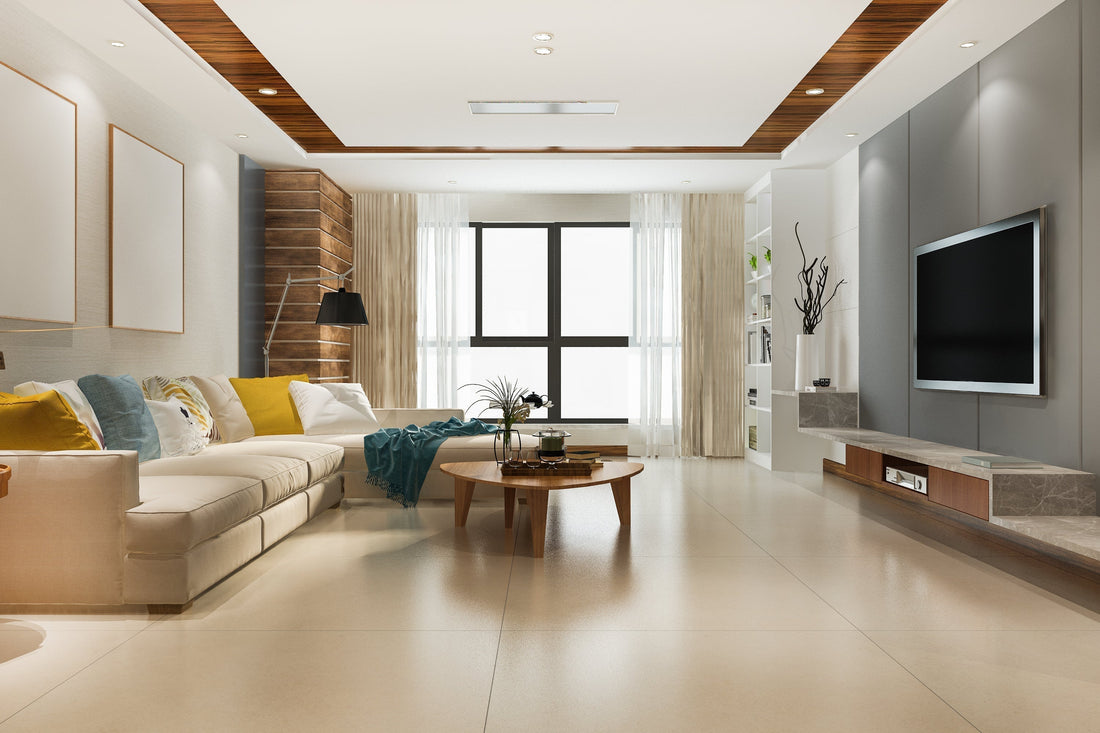
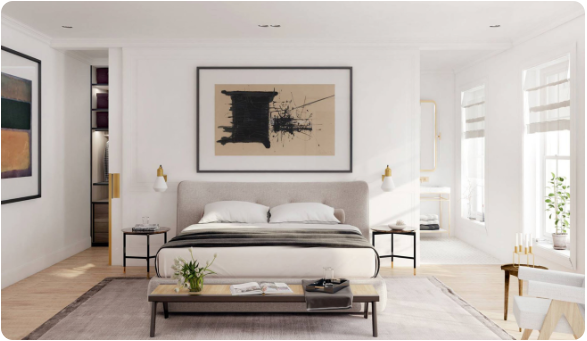
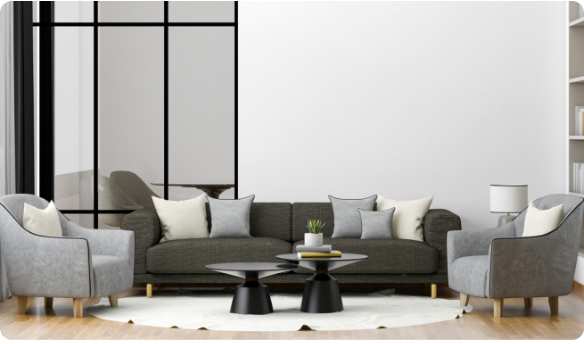
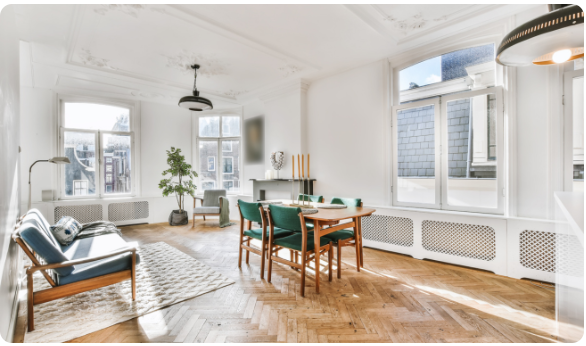
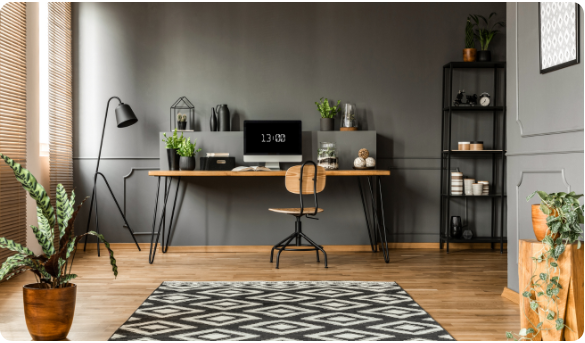
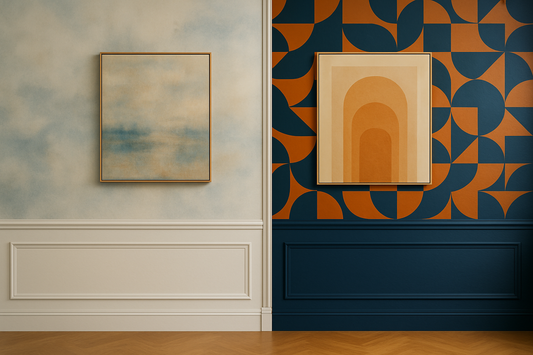
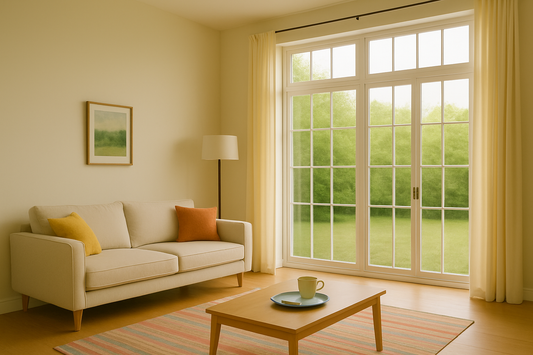
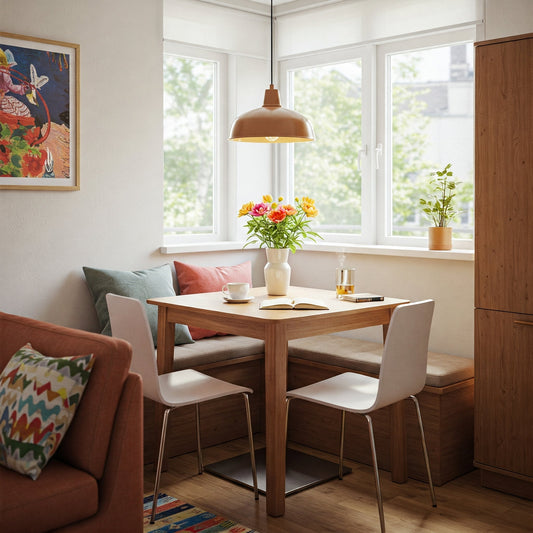
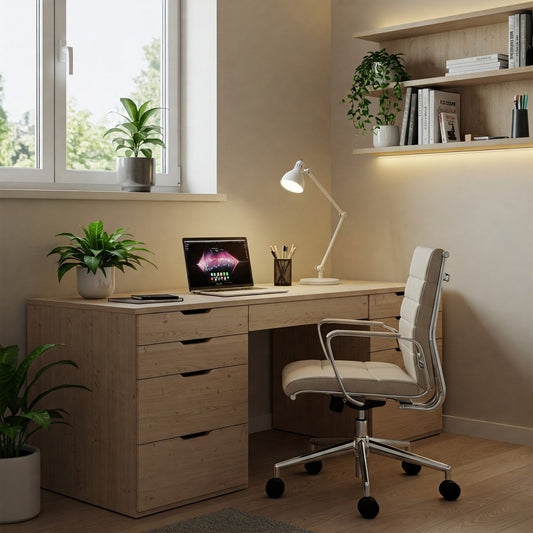





 Company
Company Customer Support
Customer Support SHIPPING INFO
SHIPPING INFO